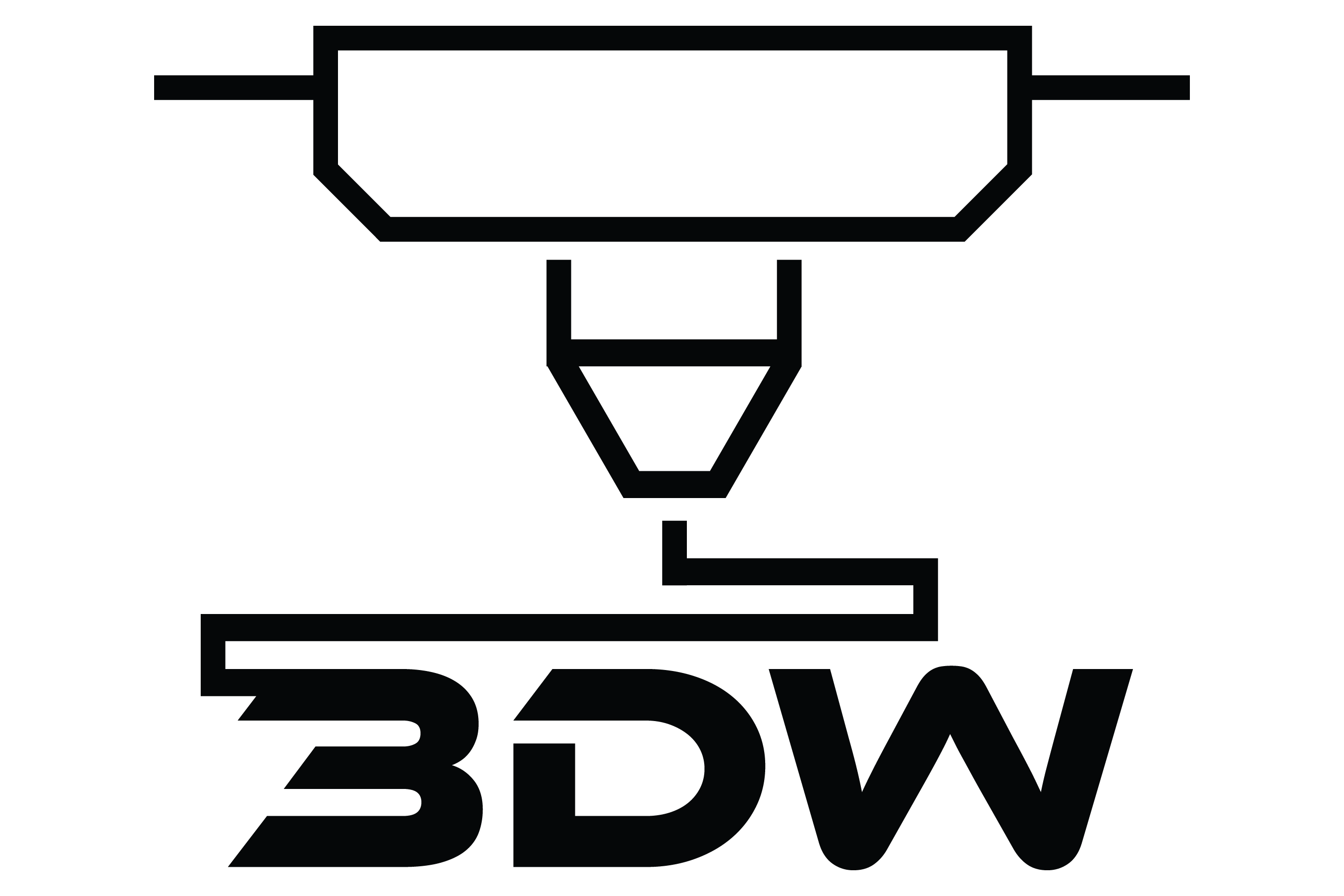Material guide
PLA
Polylactic acid or polylactide (PLA) is a thermoplastic aliphatic polyester derived from renewable resources. In 2010, PLA had the second highest consumption volume of any bioplastic of the world, although it is still not a commodity polymer. Its widespread application has been hindered by numerous physical and processing shortcomings.
The name “polylactic acid” does not comply with IUPAC standard nomenclature, and is potentially ambiguous or confusing, because PLA is not a polyacid (polyelectrolyte), but rather a polyester.
from Wikipedia – link
For / Against
Advantages:
- beautiful print result
- cheaper material
- faster printing speed
Cons:
- loses shape stability at about 65° Celsius
My recommendation
Choose PLA if you want a more beautiful surface. However, the air circulation in your rack is best improved with a fan so that your equipment does not reach the dimensional stability limit of the material.
PETG
Polyethylene terephthalate (sometimes written poly(ethylene terephthalate)), commonly abbreviated PET, PETE, or the obsolete PETP or PET-P, is the most common thermoplastic polymer resin of the polyester family and is used in fibres for clothing, containers for liquids and foods, thermoforming for manufacturing, and in combination with glass fibre for engineering resins.
PETG is a clear amorphous thermoplastic that can be injection molded, sheet extruded or extruded as filament for 3D printing. It can be colored during processing.
frpm Wikipedia – link
For / Against
Advantages:
- loses its dimensional stability only at about 70° Celsius
Cons:
- more expensive material
- more difficult to print, because it has a massive tendency to stringing
- printing result less beautiful than with PLA
My recommendation
Choose PETG if appearance is not so important to you. Especially when it gets very warm in your rack.


